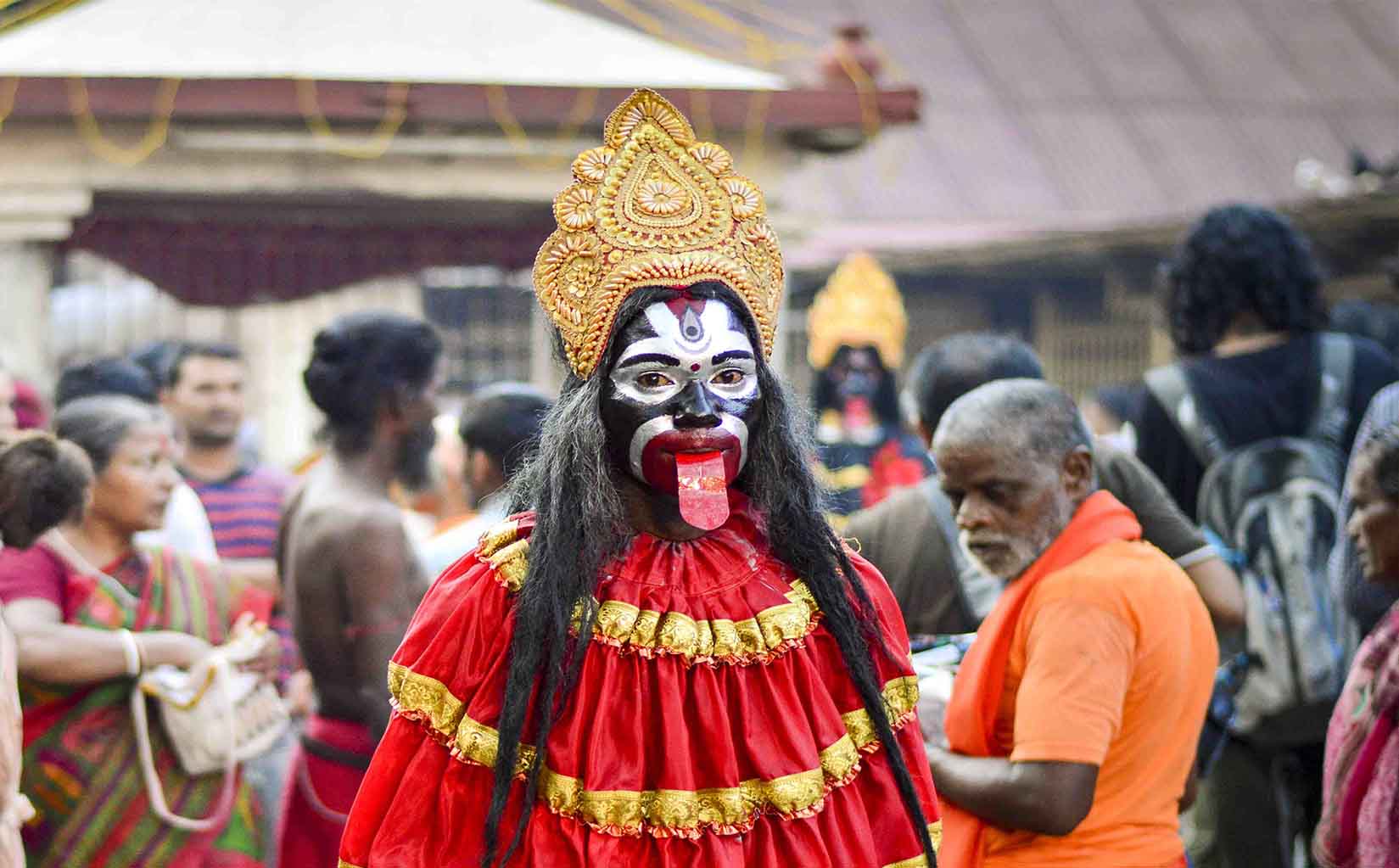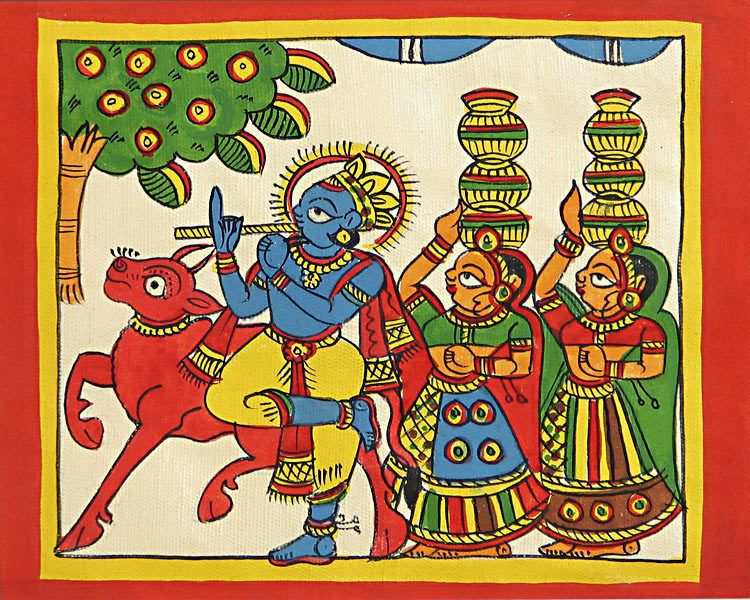The Indian Folklore

Folklore is a general term for the verbal, spiritual, and material aspects of any culture that are transmitted orally, by observation, or by imitation. People sharing a culture may have in common an occupation, language, ethnicity, age, or geographical location. This body of traditional material is preserved and passed on from generation to generation, with constant variations shaped by memory, immediate need or purpose, and degree of individual talent.
The word folklore was coined in 1846 by the English antiquary William John Thoms to replace the term popular antiquities. By the word ‘folk-lore’ a folklorist means myths, legends, folktales, proverbs, riddles, folk verses, folk beliefs, folk superstitions, customs, folk drama, folk song, folk music, folk dance, ballads, folk cults, folk gods and goddesses, rituals, festivals, magic, witchcraft, folk art and craft, and variety of forms of artistic expression of oral culture or rural and tribal folks or unlettered city dwellers that bind man to man. Many folklore scholars have attempted to define folklore, although it is difficult to give a definition of folklore. It’s one of those things where the more we know about it, the harder it gets to define.
According to Dan Ben-Amos (1972) Folklore is very much an organic phenomenon. . . . It is possible to distinguish three basic conceptions of the subject underlying many definitions; accordingly, folklore is one of these three: a body of knowledge, a mode of thought, or a kind of art. . . . Folklore is not thought of as existing without or apart from a structured group. . .its existence depends on its social context. . . . As an artistic process, folklore may be found in any communicative medium; musical, visual, kinetic, or dramatic.
He further said ‘””Folklore reveals and helps us understand our humanity. Communities throughout time and space have created stories, songs, dance, music, rituals, customs, festivals, and various material artistic genres to make sense of and to celebrate the world and the human condition. Our expressions flourish when tradition connects communal wisdom with innovative inspiration.
As its name indicates, folklore involves both “folk” (a group of people) and “lore” (creative expressions). Hence folklorists study “artistic communication in small groups”, Meaning, folklorists focus upon the relationship of individual creativity to the collective order. Folklorists are equally concerned with aesthetic and expressive aspects of culture and the people and societies that make and respond to creative acts.

